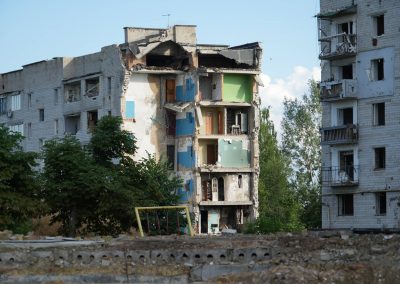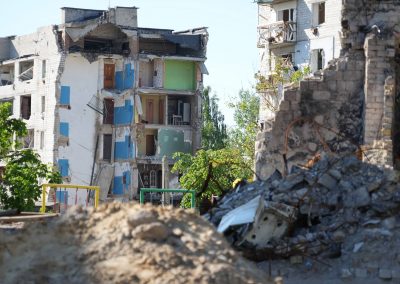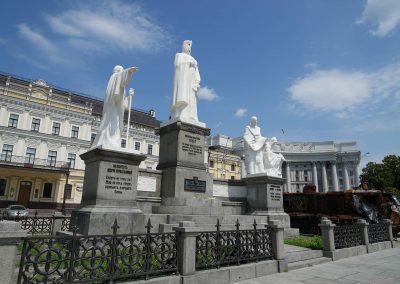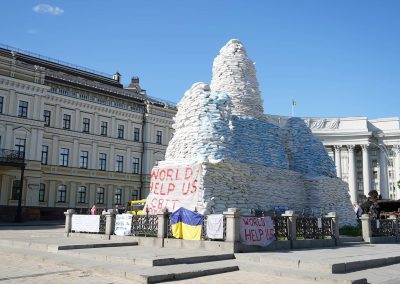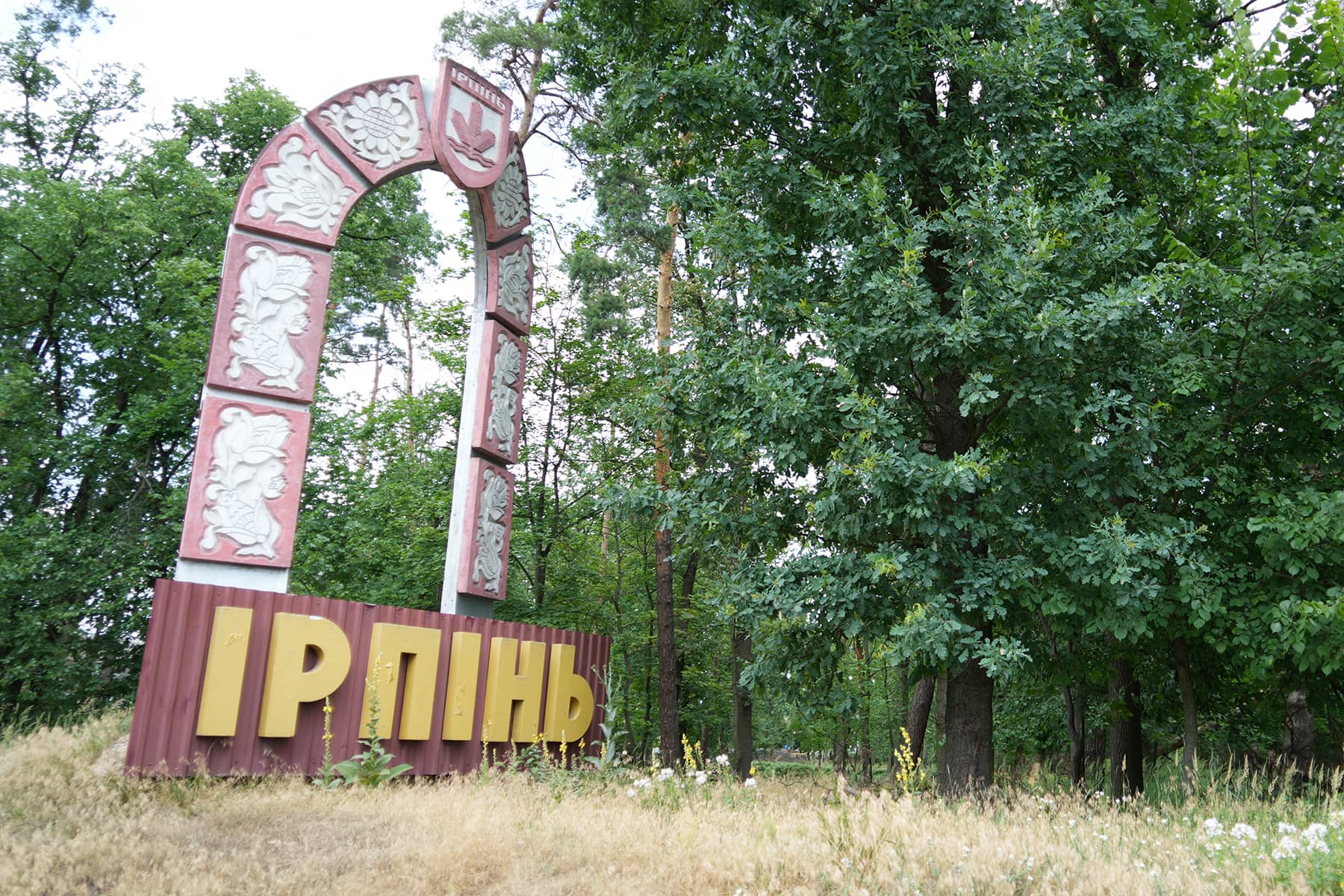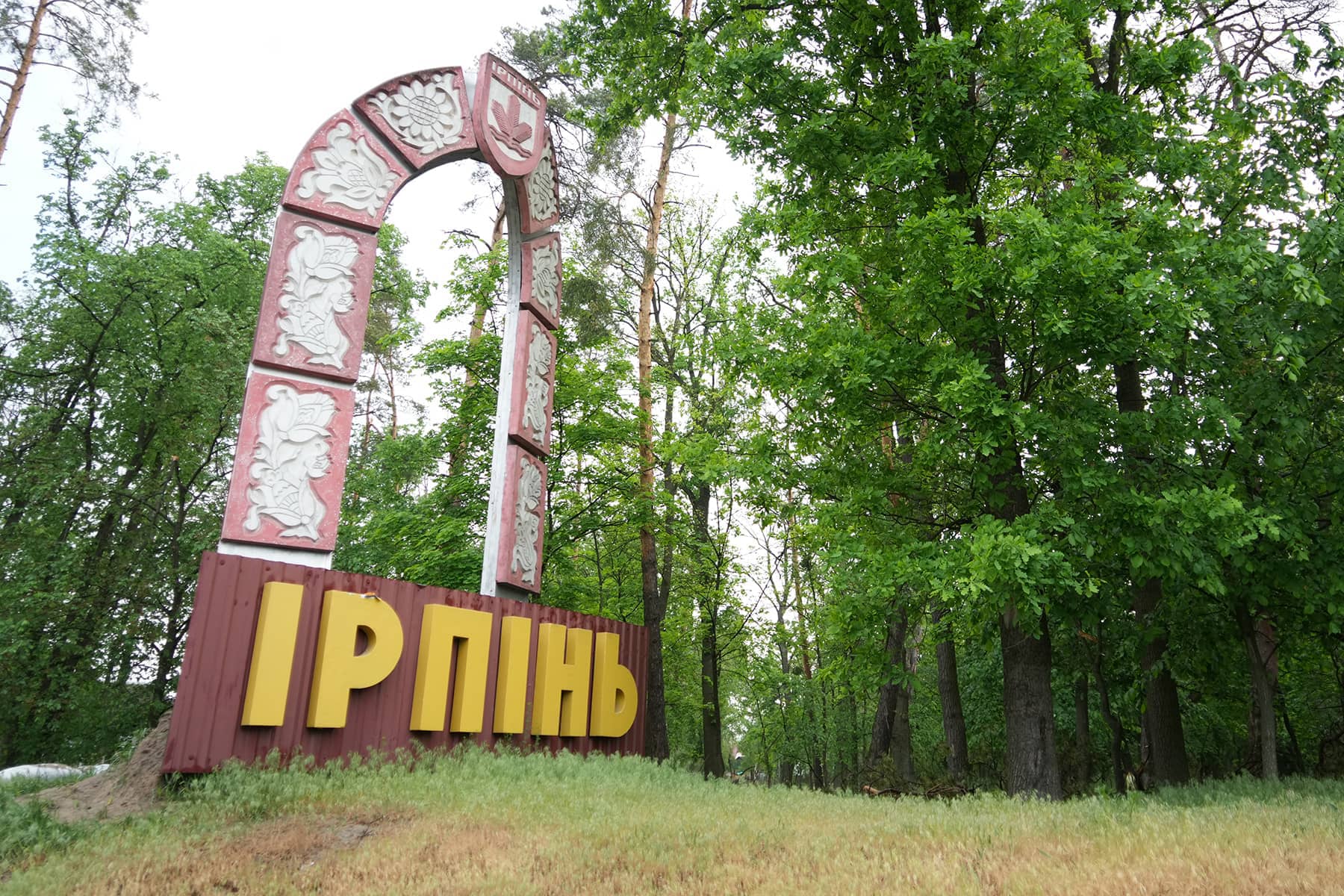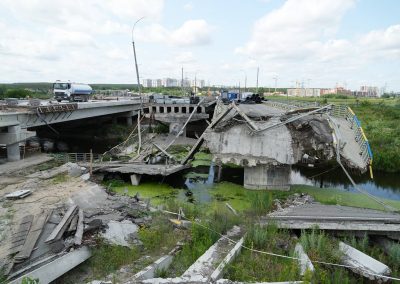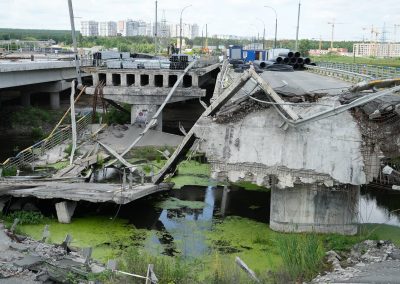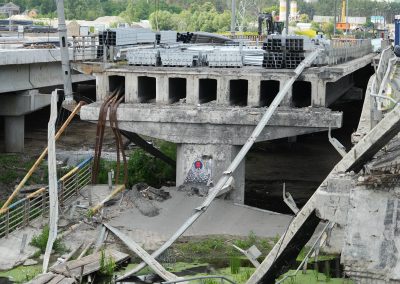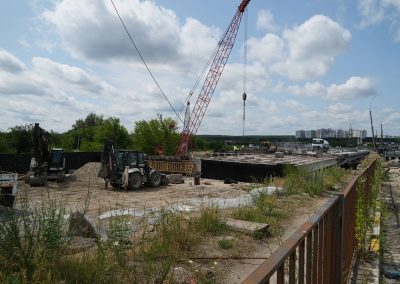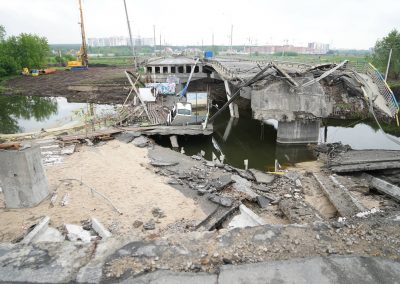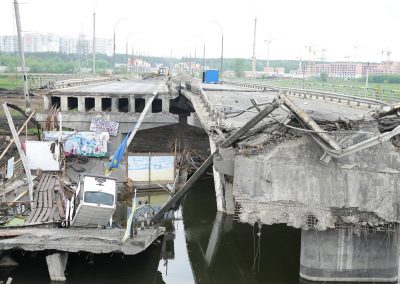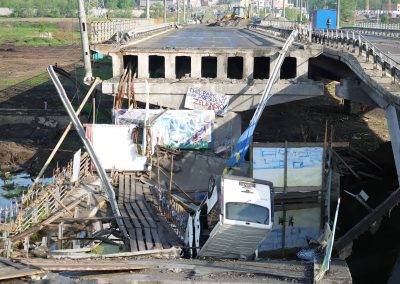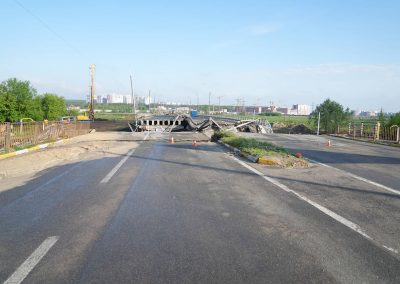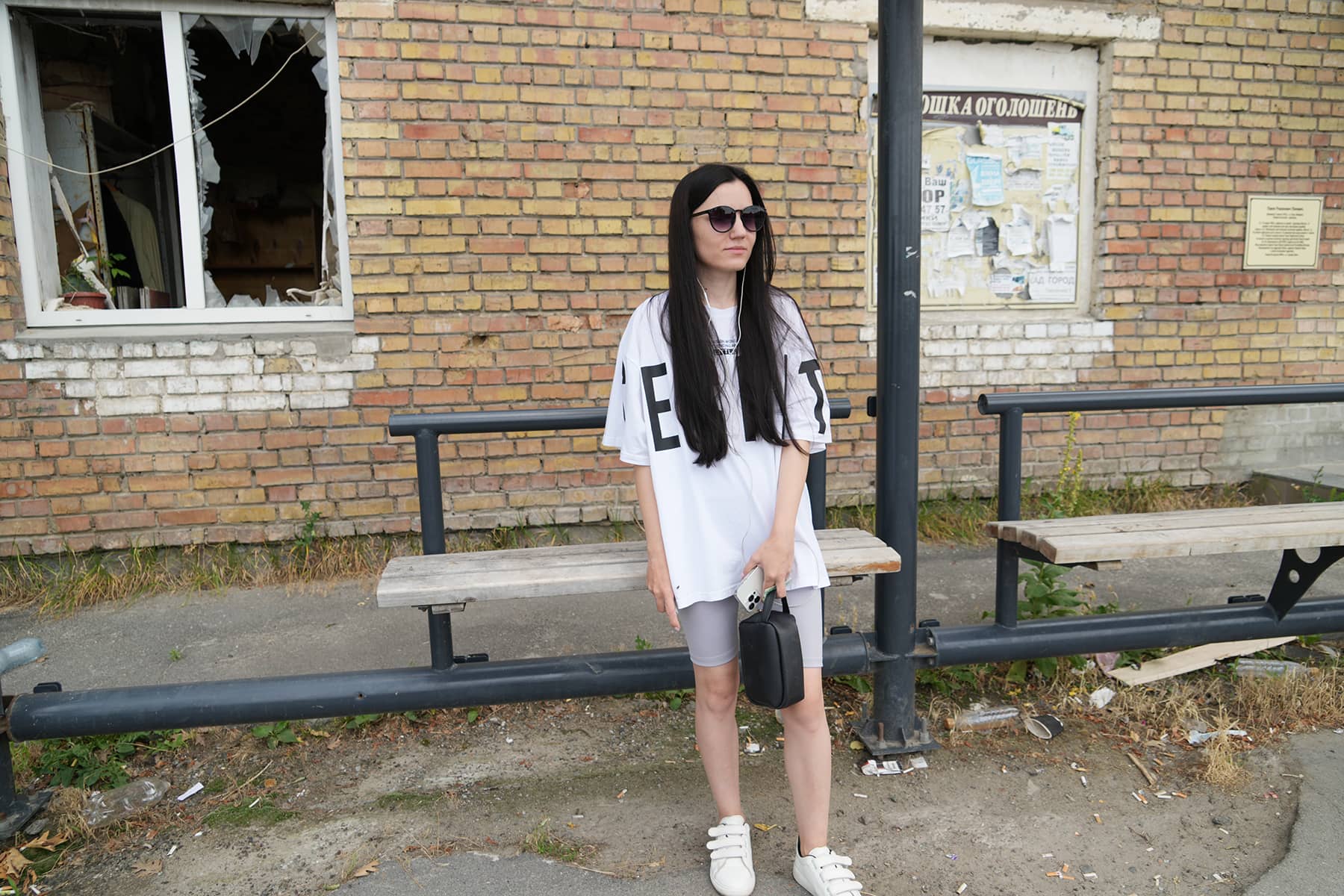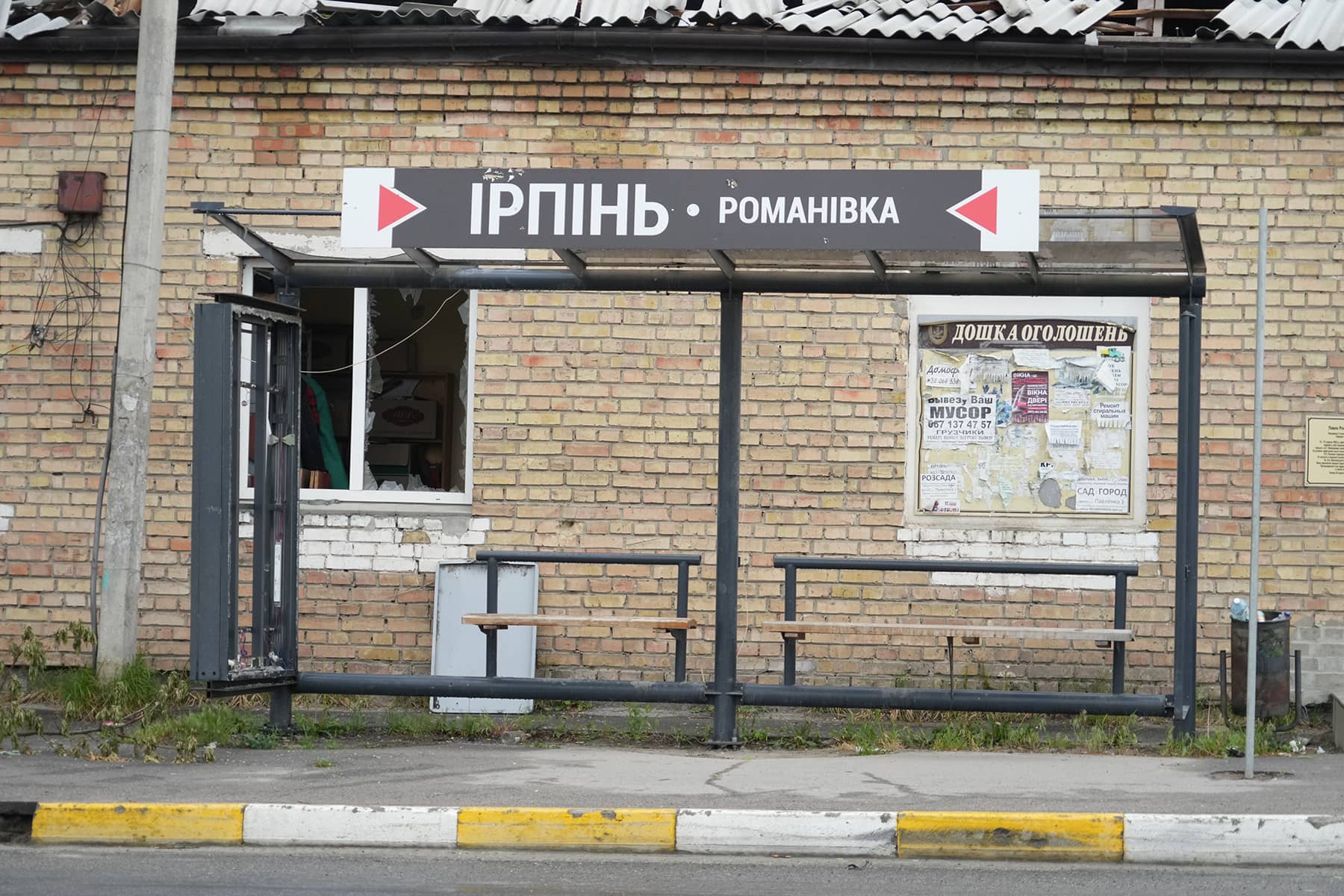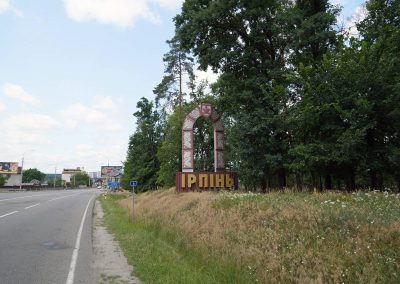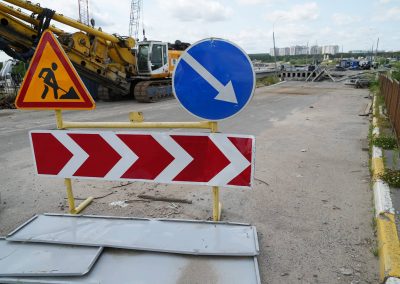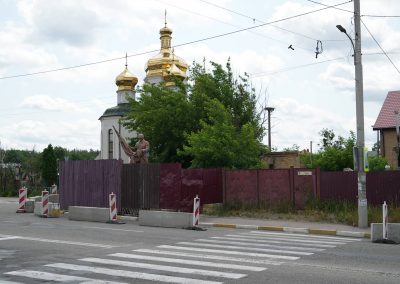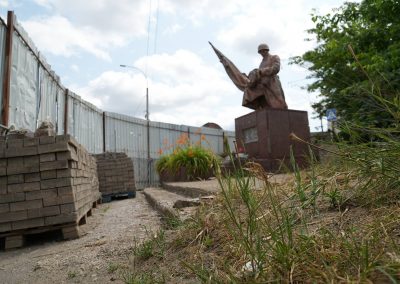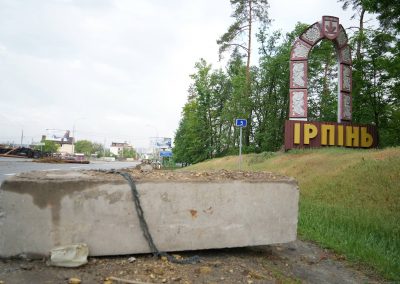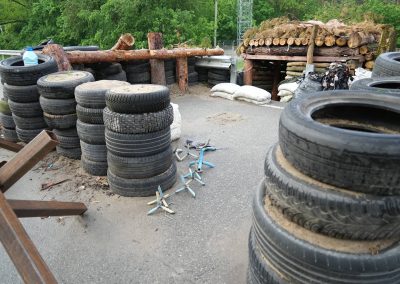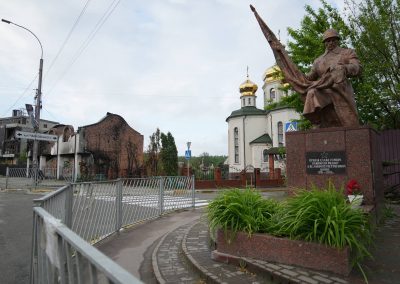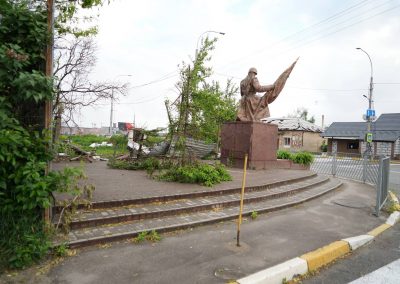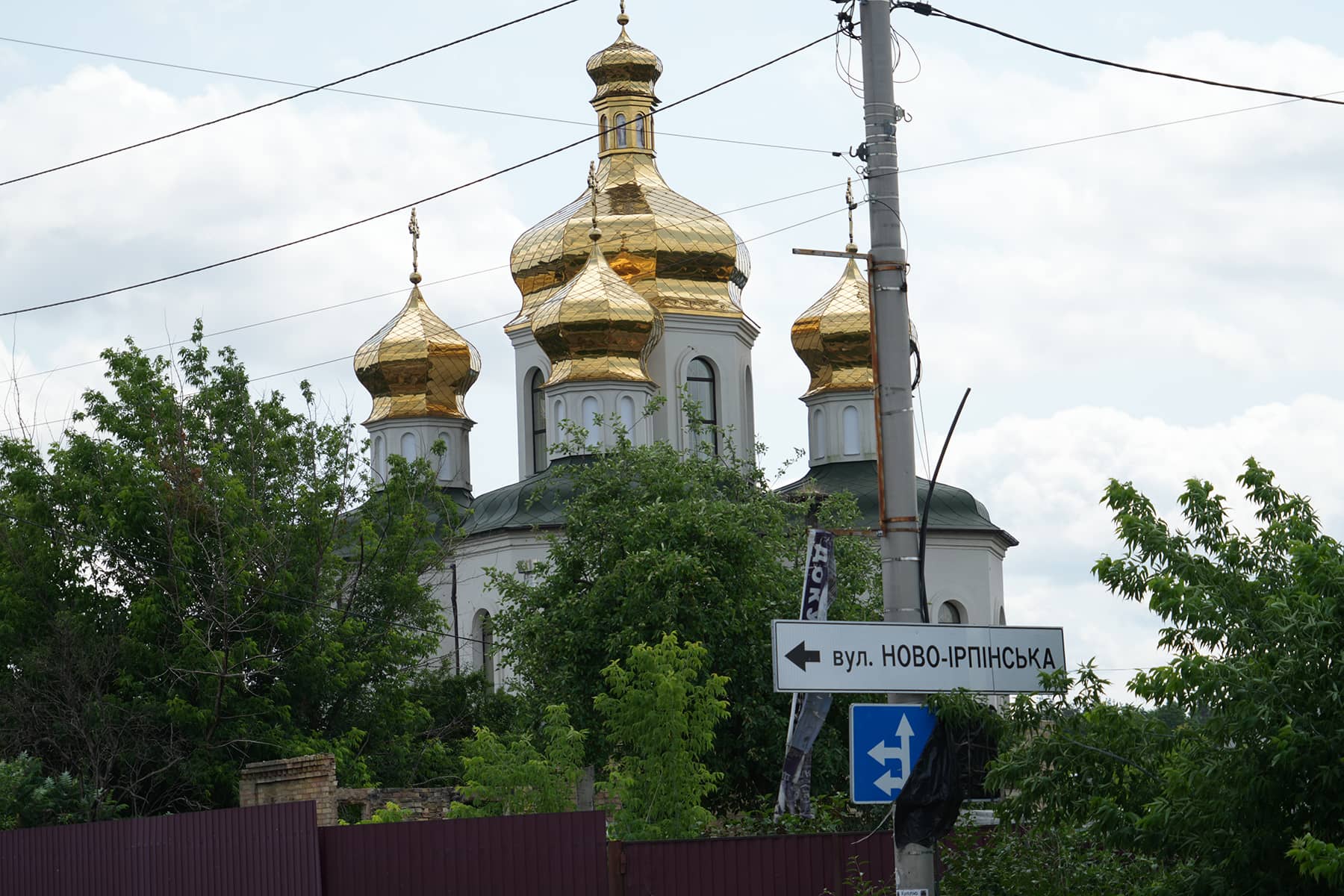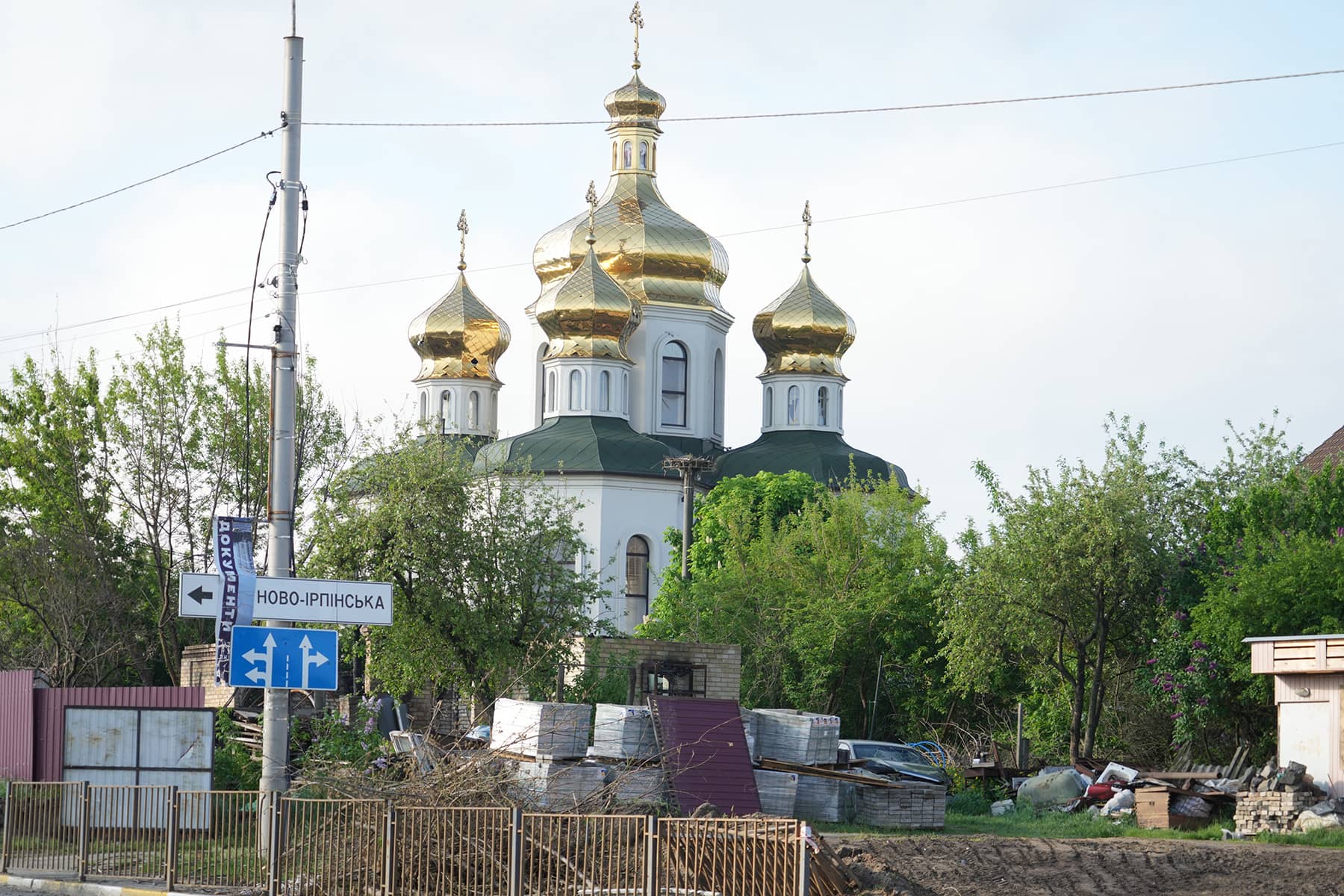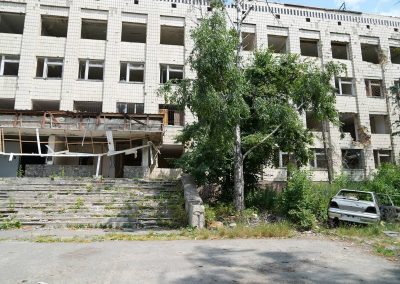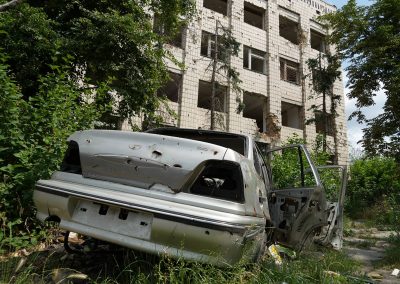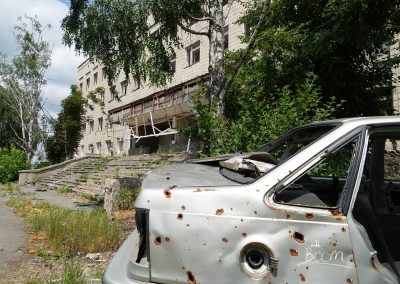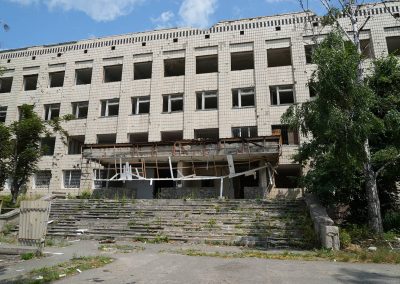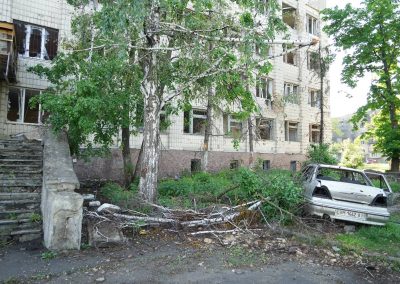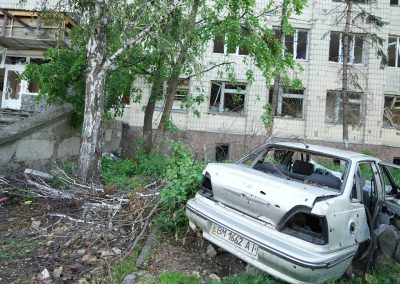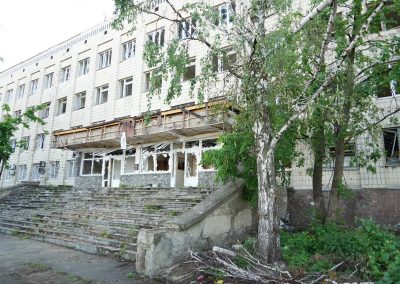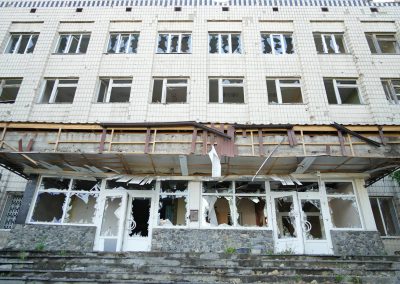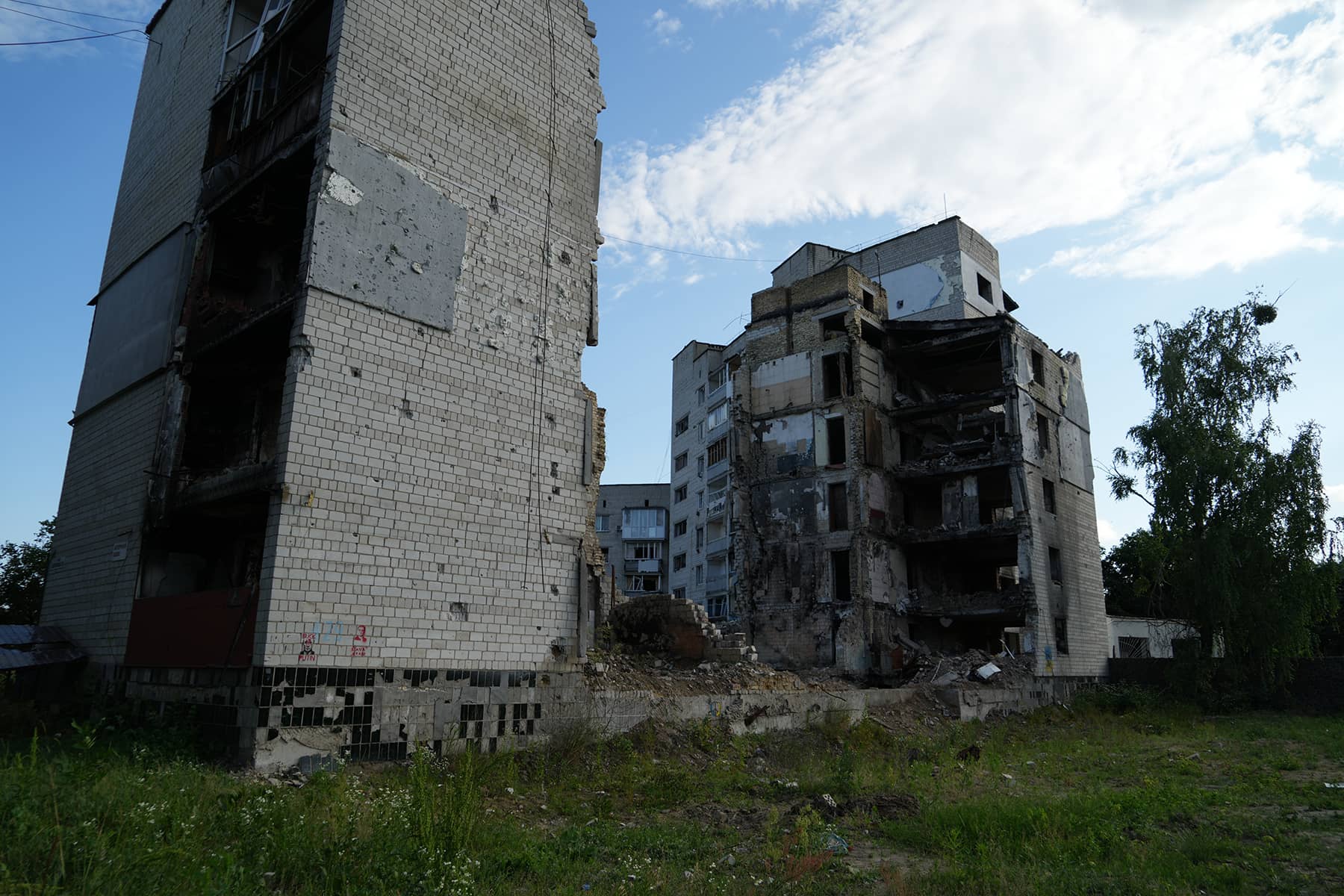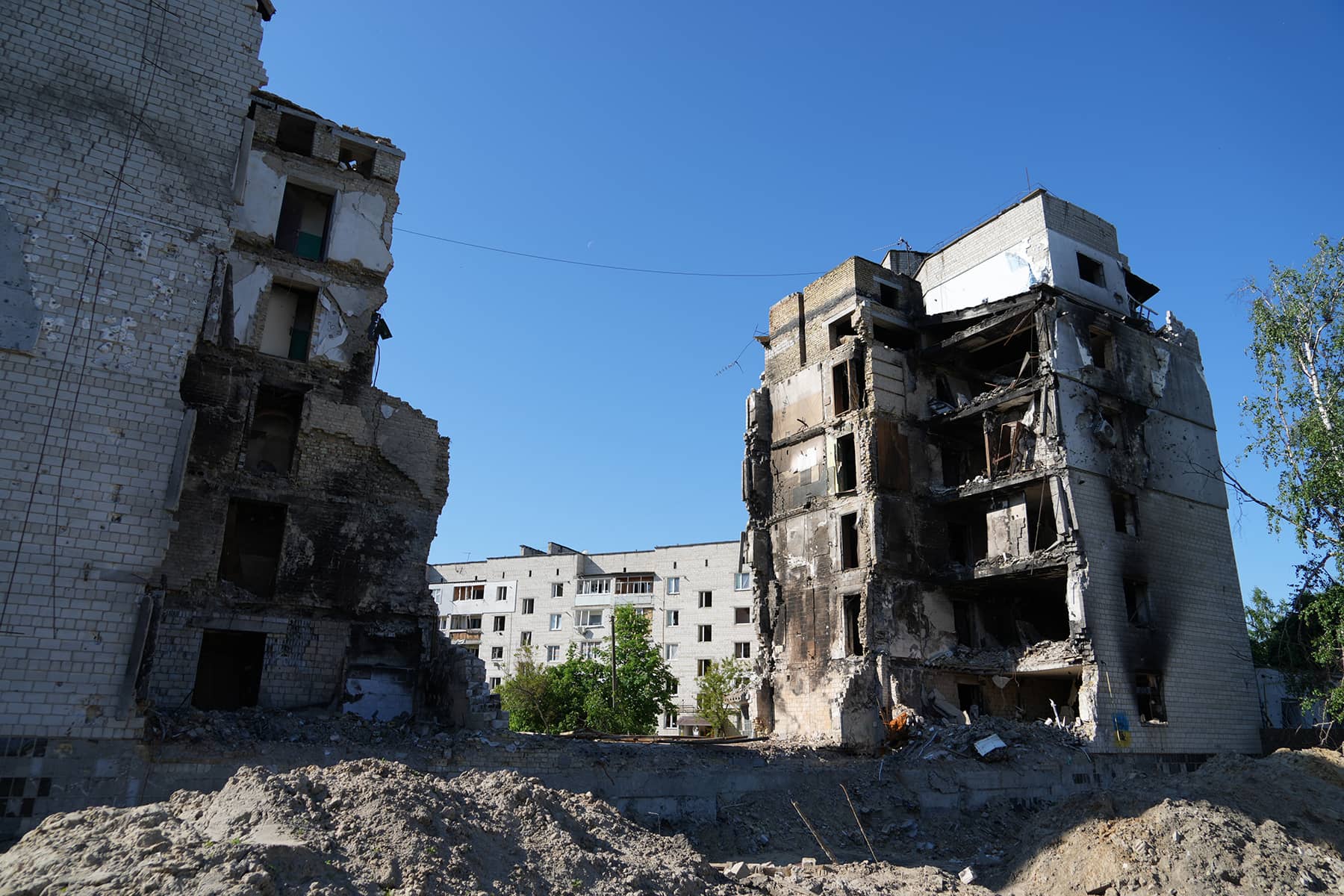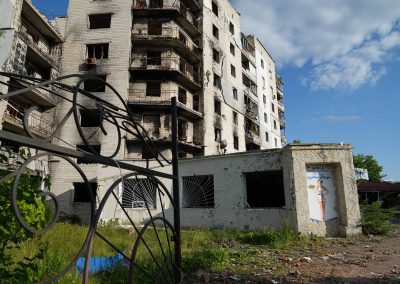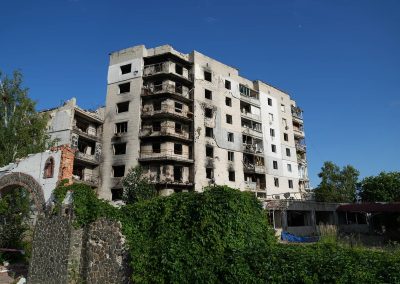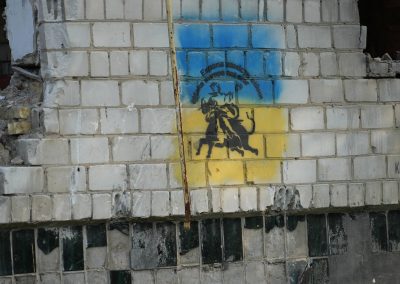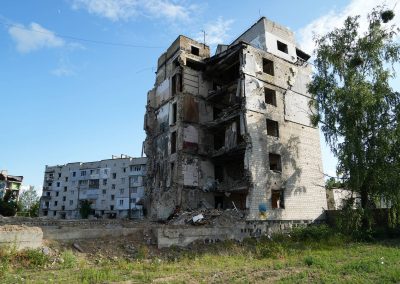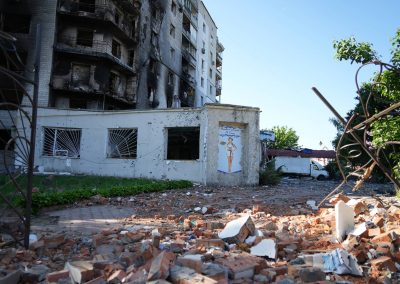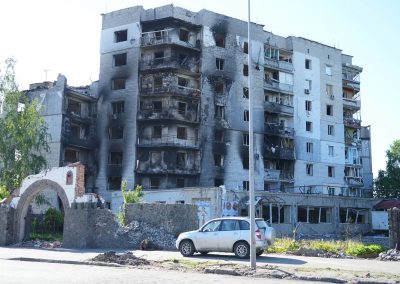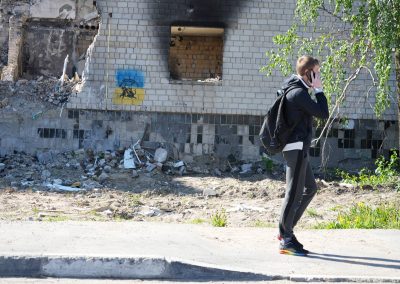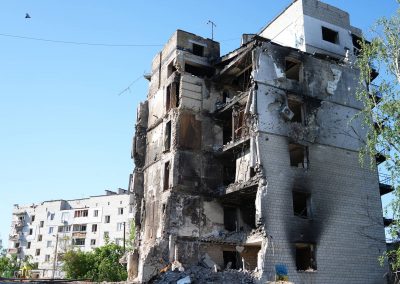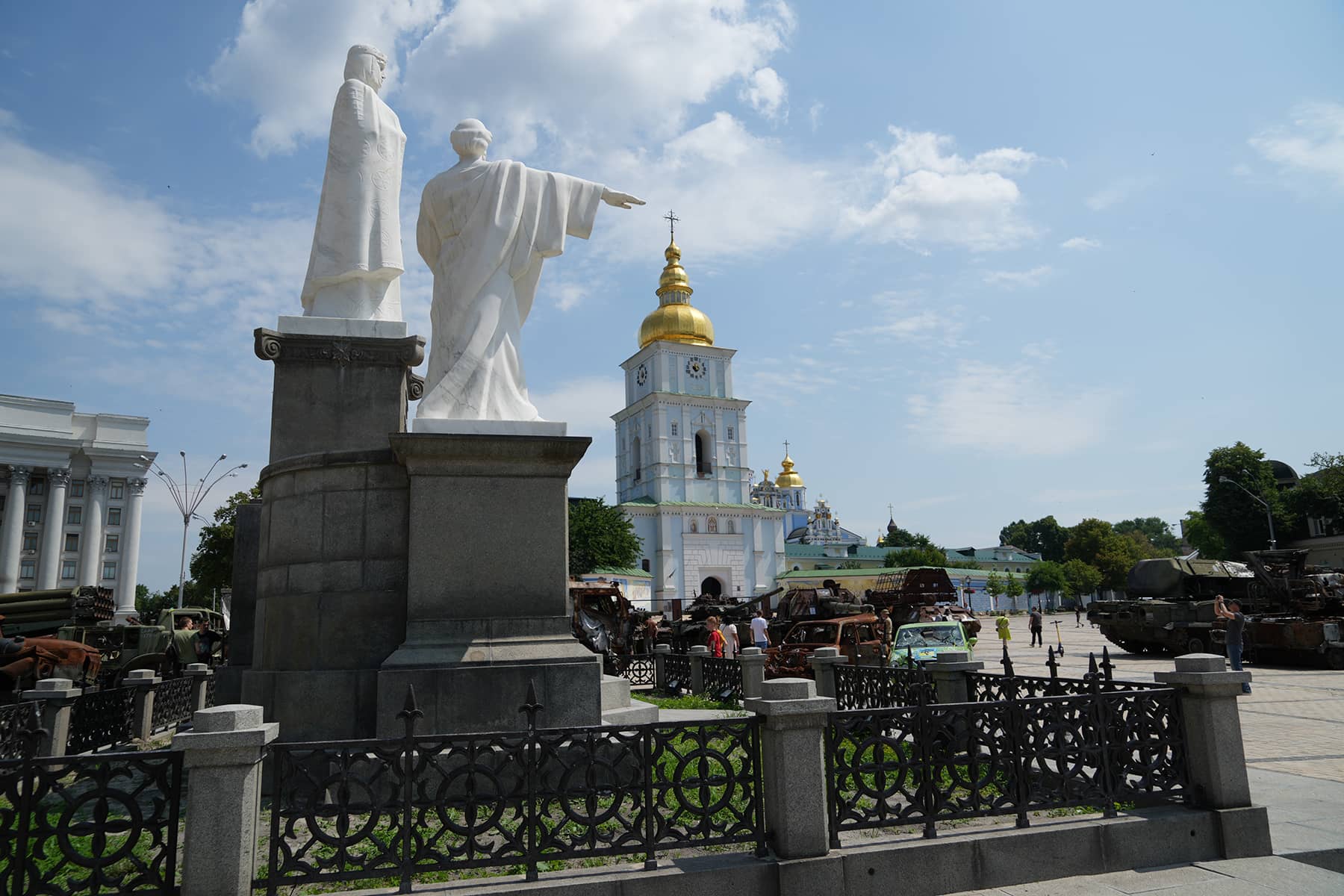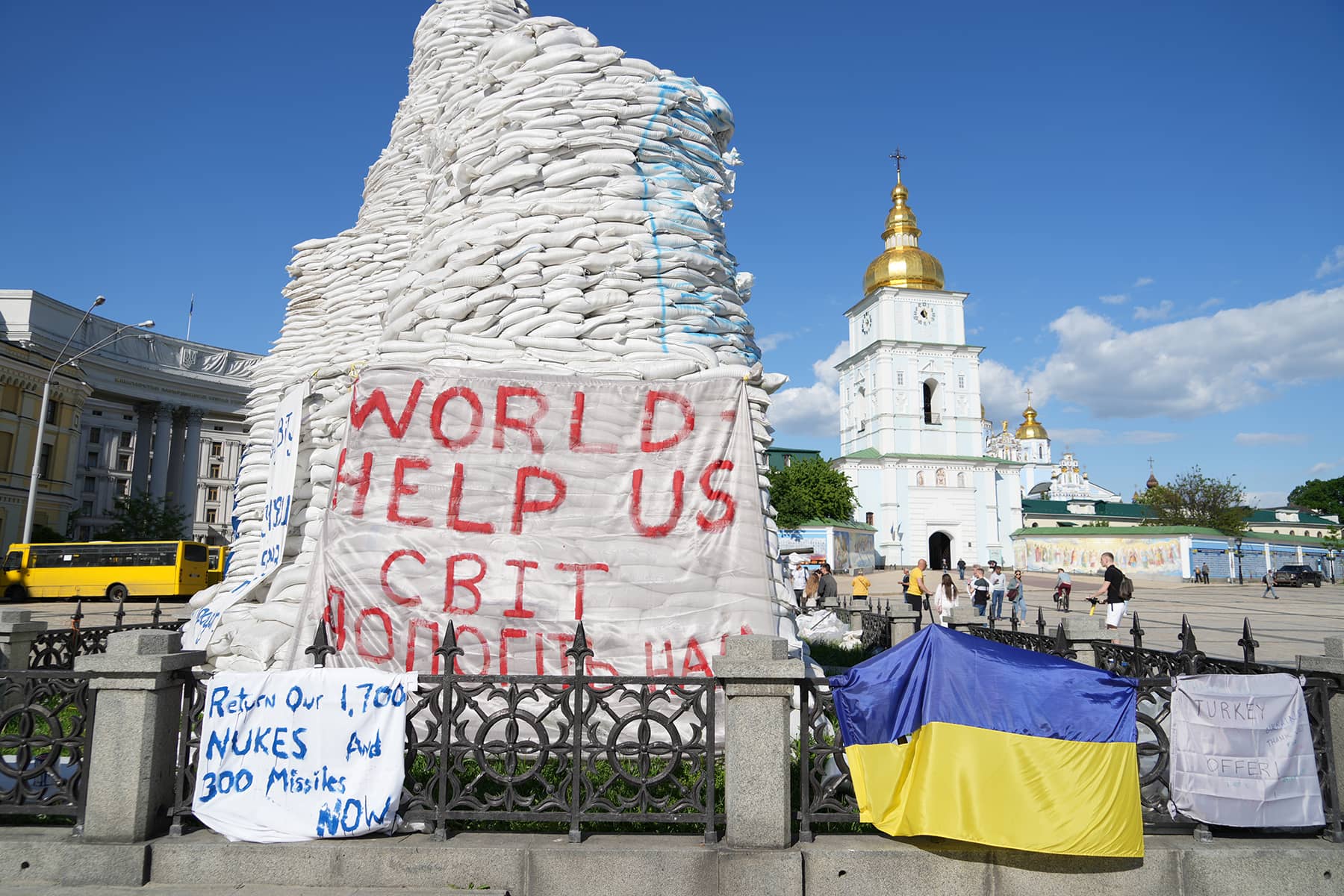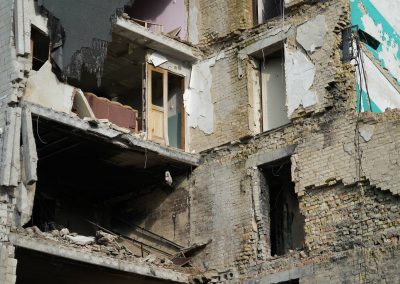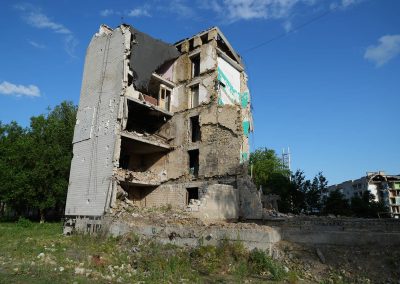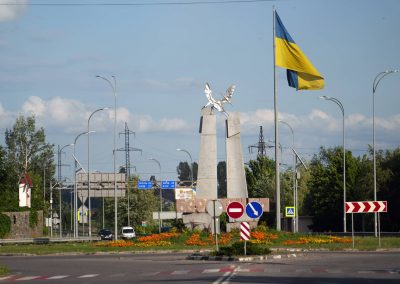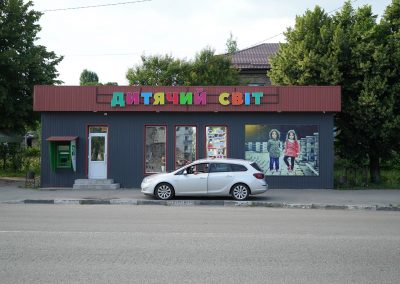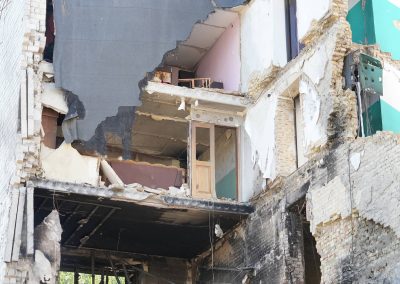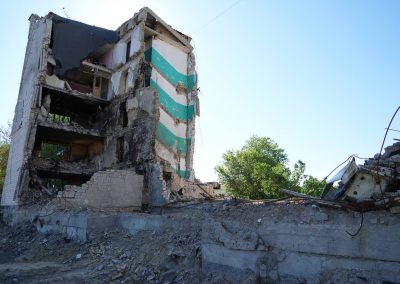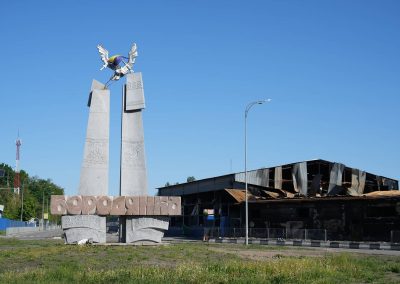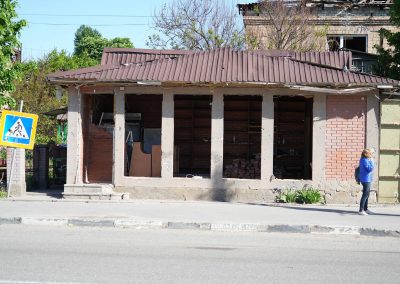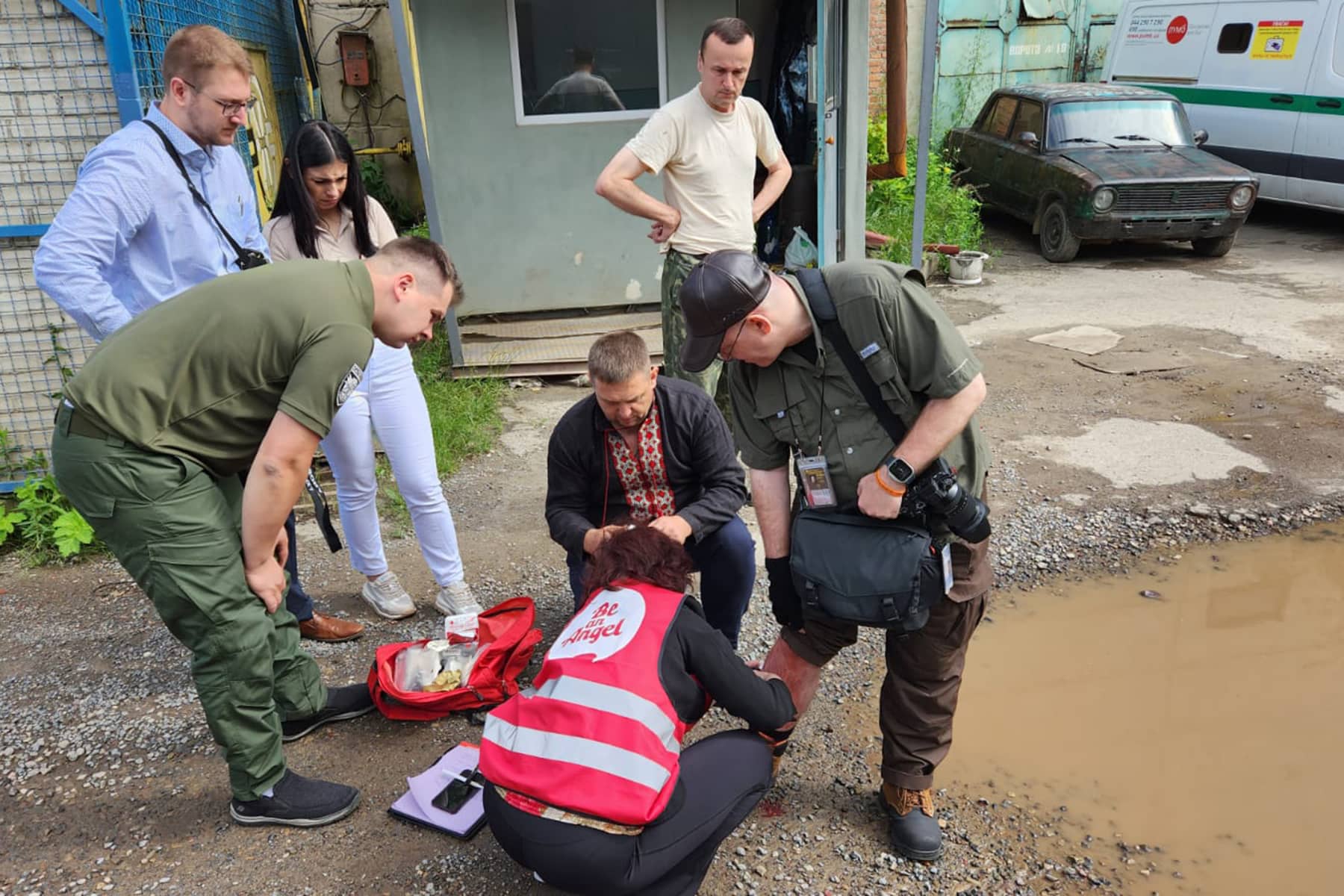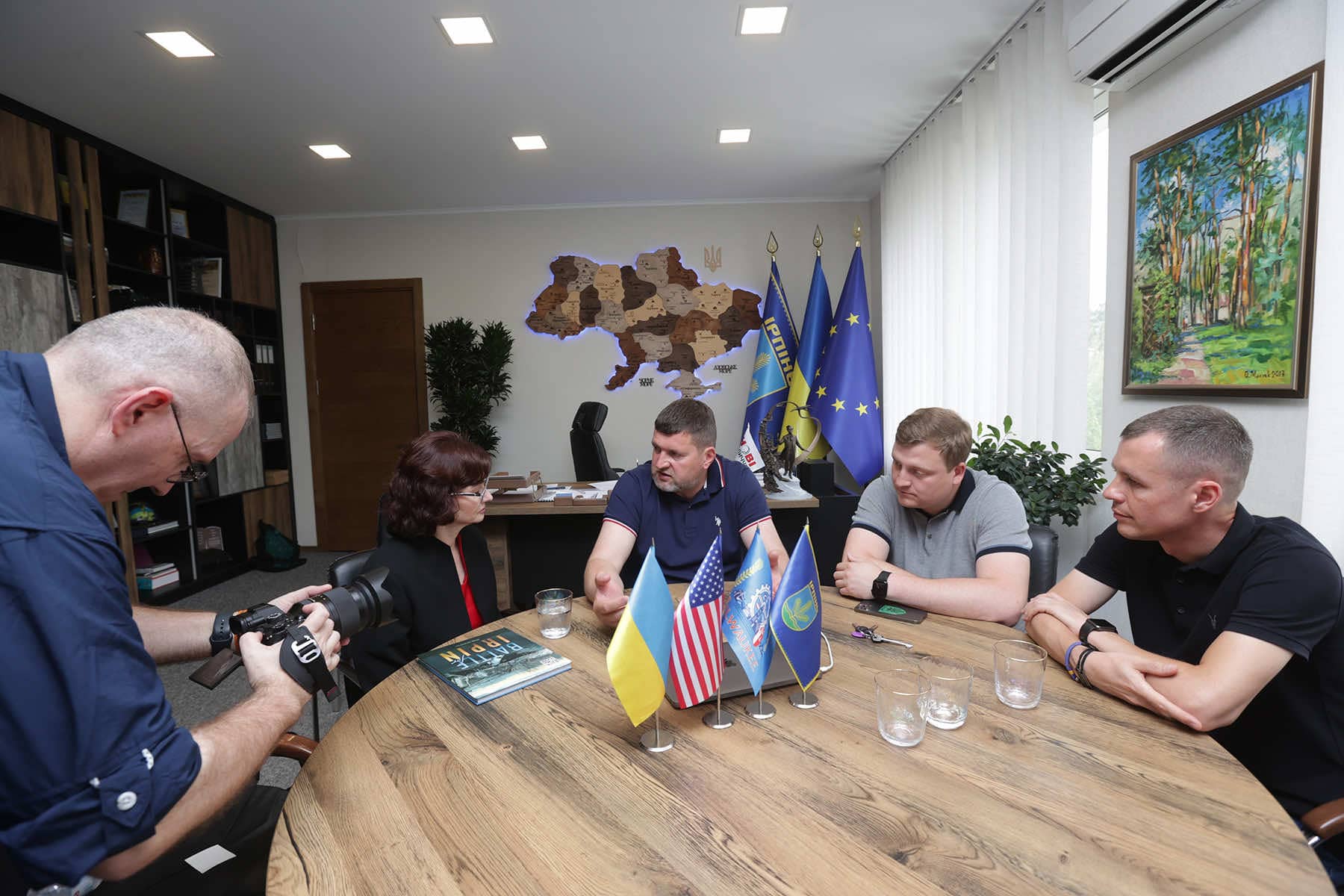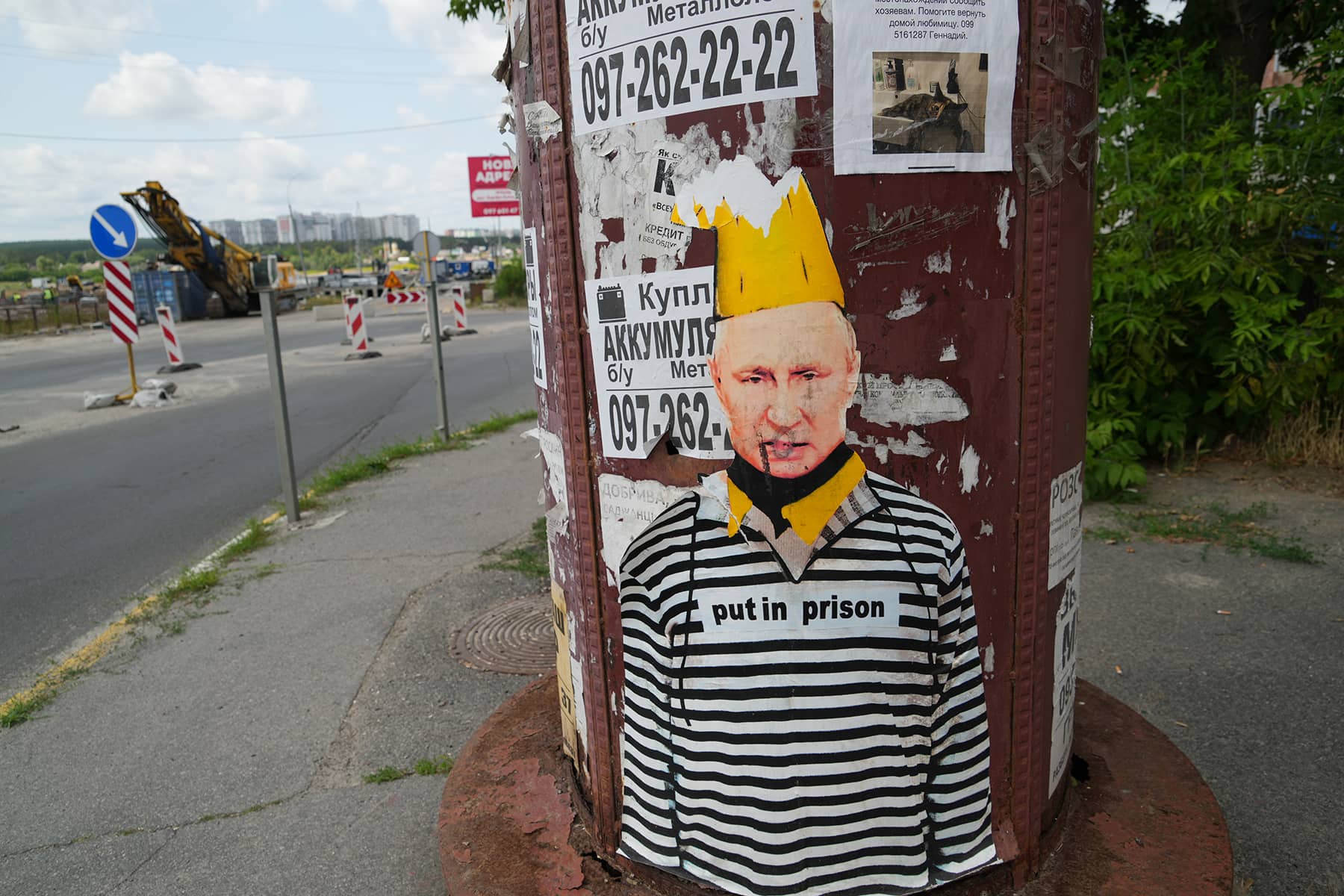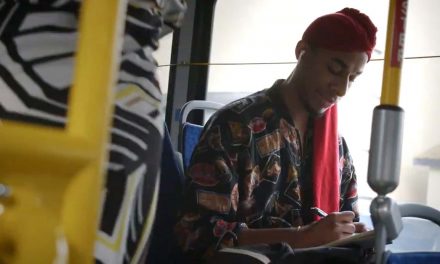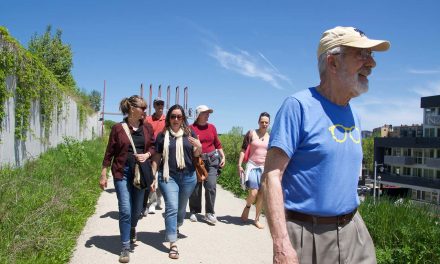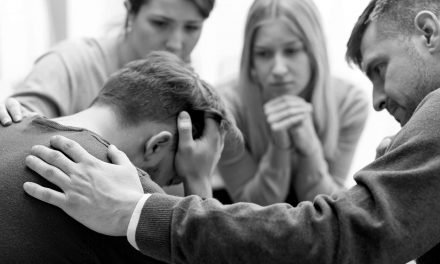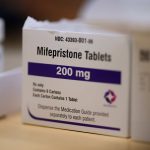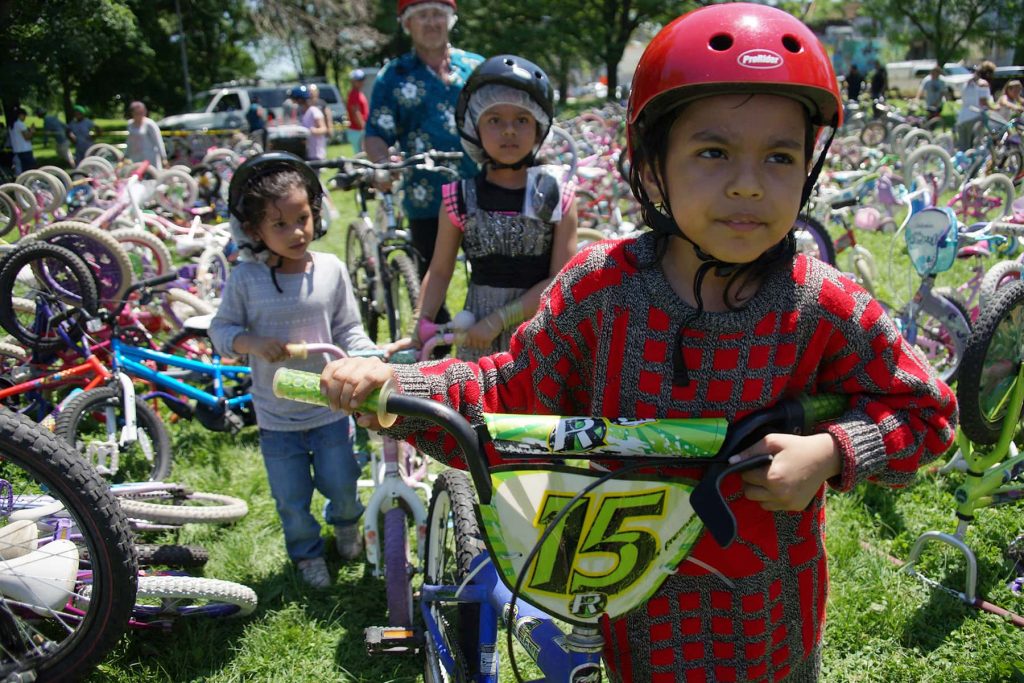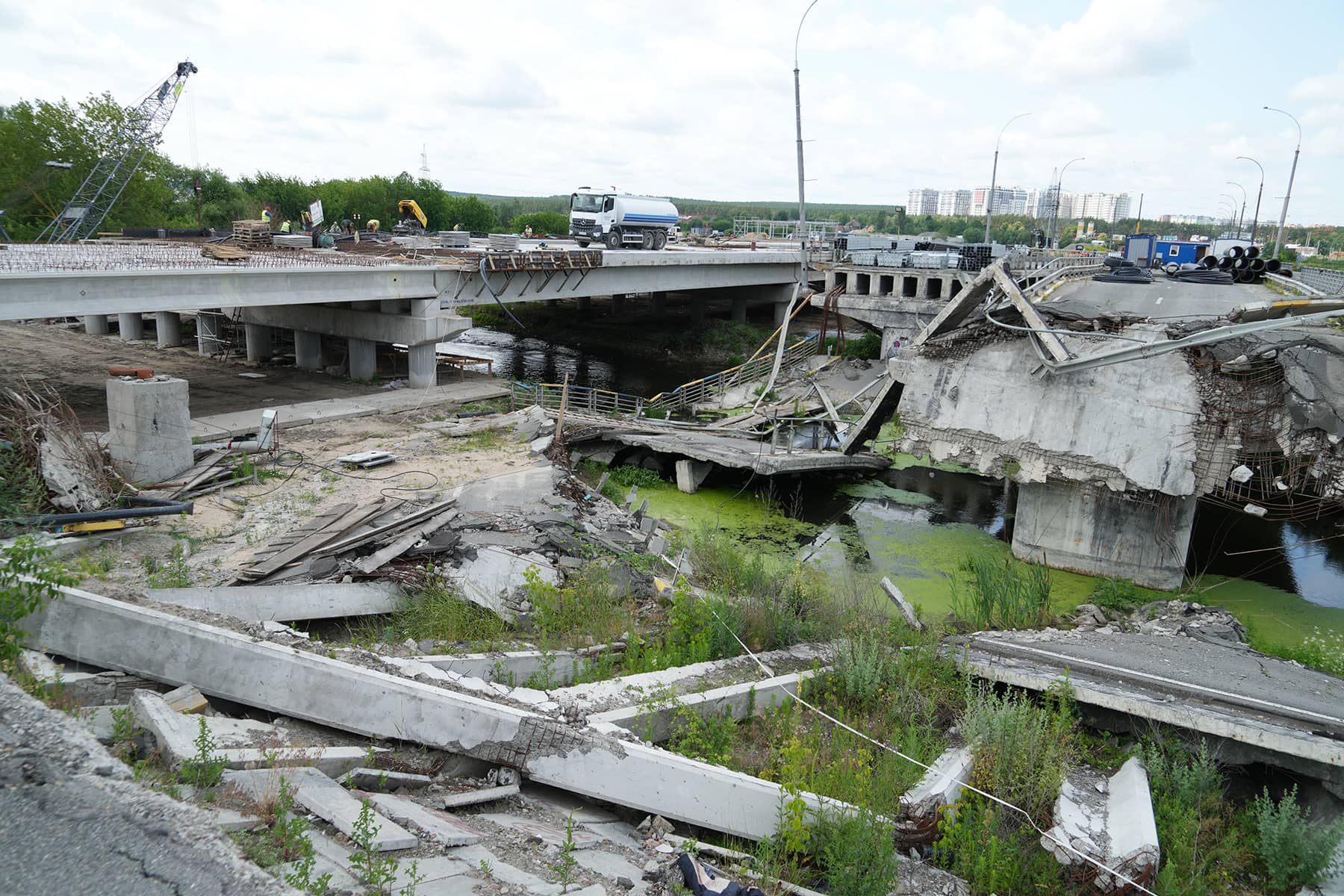
“To be a witness does not consist in engaging in propaganda, nor even in stirring people up, but in being a living mystery. It means to live in such a way that one’s life would not make sense if God did not exist.” – Emmanuel Célestin Suhard
I felt a profound impact from the experience of being a war correspondent, both professionally and personally, and I realized that it was just an extension of the photojournalism I had already been doing in Milwaukee.
My plans to return coincided with a new chapter of Russia’s brutality. Facing continued failures on the battlefield, the invader changed from military tactics to pure terrorism. Iranian-made suicide drones began raining down all over the country. They targeted residential housing, civilian hospitals, and vital infrastructure.
Russia planned to weaponize the approaching winter. Such an escalation of war crimes made the logistics of my reporting from the ground impractical. I could survive without electricity or the Internet, but I could not accomplish my work effectively.
So I continued reporting from Milwaukee with resources already in place across Ukraine. The experience also opened the door for other humanitarian assignments. Suddenly, any place that was not an active war zone became a possibility.
From July 2022 to March 2023, I accepted three overseas assignments while continuing my editorial work in Milwaukee. Migrant refugees in Mexico, Syrian refugees in Jordan, then the humanitarian crisis in Turkyie after a massive earthquake.
I had not given up hope about another assignment to Ukraine. There were several options still on the table for me during all that time. But I never felt they were the right fit. Or if I thought of it in philosophic terms, I had not yet become who I needed to be to accomplish the work that would be ahead of me.
That way of thinking made the most sense. The experience in Ukraine prepared me for what followed. And what followed helped prepare me for a return to Ukraine on a very different assignment. Instead of having a primarily architectural focus, where I photographed broken buildings, I would have a primarily humanitarian focus, where I would photograph broken people.
I was first introduced to Anya Verkhovskaya in December of 2022. I was getting ready to leave for the assignment to Jordan, but I was intrigued by what her humanitarian nonprofit Friends of Be an Angel was accomplishing. I was also disappointed that her work was not getting the appropriate media attention.
We kept in touch over the following months. My original idea had been to follow a shipment of medical supplies from a warehouse in Milwaukee to the frontlines in Donbas, and return with the evacuations of individuals who needed medical care in Milwaukee. It was an ambitious idea, to insert myself into the loop to document the entire process.
Because of back-to-back photojournalism assignments to Jordan and then Turkyie, I missed an opportunity with Friends of Be an Angel in February. But my disappointment transitioned to determination when I learned that Verkhovskaya herself would travel to Urkaine for the first time since the full-scale invasion began. I wanted to be embedded with her team on their humanitarian mission.
I only knew that Verkhovskaya’s trip would take place after spring. Plans were being made, and logistics were being sorted out, all against the unpredictable background of the expected counter-offensive by Ukraine. It was widely expected, including by the Russians, to take place in May.
I was concerned that yet again that the war in Ukraine would again make reporting on the war in Ukraine impossible. I was originally supposed to be in Irpin in March 2022, but its occupation and the flood of refugees west meant I was delayed to safely travel east until May.
So it was with disappointment that the travel dates fell later than I expected, in June. The war would not be over by the time I got there, but I was just anxious to start the work – exhausting as it would be.
Each photojournalism assignment I had taken to a conflict area taught me how to streamline the way I traveled. I knew I could not always apply lessons from the last trip to the next trip. The conditions were never exactly the same. But I gained a lot of experience for how to plan. I evolved from taking bigger charging stations that required a return to basecamp, to taking more batteries that gave me the mobility to stay deployed in the field longer.
I also had to consider the dynamics of air raids. Even though I heard the sirens often during my first assignment to Ukraine, it had not become a serious threat. For my return, the team would only stay in hotels that had their own bomb shelters. Each night as I recharged and cataloged the images I took that day, all my gear was unpacked and in use. I had to plan for this vulnerability, what to grab when the sirens started, and what could be left behind unpacked. All during May, Kyiv in particular was subjected to nightly suicide drone attacks.
It is far easier to describe aspects of my second assignment to Ukraine, and tell individual stories than to summarize it all in this introduction. And I have struggled to find the words to compare it to the first assignment. I am still processing what returning to Ukraine within a year means.
Over the past 13 months, I have witnessed a great deal of destruction and experienced what feels like a lifetime of trauma. While at the same time, I have encountered all this again and again since 2003. I even wrote about it in April, how for half of my life I have photographed demolition sites. I even organized side-by-side images showing mass demolition from economic progress, mass destruction from a brutal invasion, and mass devastation from a natural disaster.
The differences I experienced between the two assignments to Ukraine seem superficial. I went at two different times with two different purposes, so it is not hard to predict that both experiences would be … different.
But a lot can still be understood in those little things. In May 2022, there was very little car traffic. Russia had bombed Ukraine’s oil reserves, so most gas stations I saw were closed or had lines stretching for miles. My team drove across Ukraine with storage tanks of gasoline in the trunk. There was hardly any traffic on the roads.
The logistics for that first assignment were coordinated by the efforts of Halyna Salapata, founder of Ukrainian Milwaukee and president of Wisconsin Ukrainians Inc. Without her help then, I would not be writing these words now.
Over the following year, I watched from Milwaukee as Putin weaponized everything he could, from food to electricity to the environment, in order to defeat Urkaine and crush the spirit of its people. When I returned in June 2023, all I can say is that he utterly failed.
Ukraine was struggling from the war, yet at the same time I saw thriving streets full of families sharing their joy. The war would continue to take its toll, but for all his acts of terrorism, Putin had not broken the will of the Ukrainian people.
I saw a nation standing in defiance. I went to places where it was easy to forget that I was in a nation at war. I took an Uber in Ukraine for the first time, and I never needed to use cash. I paid for my favorite Ukrainian snacks from convenience stores with Pay on my iPhone and Apple Watch. In May 2022, it was a struggle to get my plastic credit card to work.
But for every location I saw that was gleaming new and rebuilt, I saw a dozen others that remained the same burnt husks from May 2022. The scars from the early days of the full-scale invasion had remained frozen in place since my last visit. The same destroyed cars or buildings remained exactly as I had remembered them in places like Borodyanka and Irpin.
Had everything changed? Had nothing changed? In 2022, I saw the damage that illegal Russian weapons caused on homes. In 2023, I saw what that damage did to the people who had been living in those homes, and the frontline soldiers fighting to protect them.
Because of Friends of Be an Angel, I was given access to wounded soldiers in military hospitals, and photographed things that I would have preferred to never see in my life. Yet they were the very things I had to document with images.
Every story was heartbreaking, and the time was too limited to record them in detail. I also had to balance the need for privacy and security, as soldiers are routinely targeted through their families. This assignment gave me a closer look at how people had been living with war for the past year, and how they survived it all the years since 2014.
I have written at lenght about the situation in Ukraine, and its many connections to Milwaukee. It is easy for most people to move on from what is happening in a place so far away. It is easy for them to turn a blind eye to problems right here in Milwaukee. But because a force is unseen – like radiation – the lack of visibility makes it no less deadly. My job is to be a witness, and shine a light into the darkenss.
For this series, there is much to unpack. I have tried to present the information and images in ways that the public will be better able to digest. Nothing is sugar coated, but some of the more graphic issues are presented with care. I hope that by telling these stories and reporting on what I witnessed, that I can make the experiences personal and relatable to readers.
Because my daily schedule was so full, I had to keep a journal to keep track of what I did. Usually looking at my photos was enough to manage my timeline. But I did several days of work each day, and in three weeks I took 42,886 images.
As events unfolded each day, I found myself there at a very interesting time. On the day of the Wagner Group’s revolt, our team was driving from Lviv to Kyiv – and for a time we were dangerously close to the border with Belarus. We were not in a news blackout, but we did not know how to evaluate the information in the fog of war.
Friends sent our group text messages with updates, excited that Russian troops could topple Putin, hopeful that Wagner mercenaries approaching Moscow could capture the capital. It was hard to know what to believe, and ultimately by the time we did know it was all over.
I vividly remember that one of the team members of Friends of Be an Angel was very skeptical of the situation. He thought the story was just propaganda that Putin had engineered. He said until he saw dead Russian soldiers on TV, he would not believe anything he heard about the rebellion. And to his credit, he had a point. For most of that day it was impossible to believe the story, or indulge in the hope that it could bring an end to the war. But it was an exciting day to be in Ukraine.
Most of the assignment was like that, where I found myself at the center of many international news stories – yet unable to report on them in real-time. This included the visit by former Vice President Mike Pence, the kidnapped Ukrainian children who had been rescued from Russia, and several terror attacks on Ukrainian civilians.
Before I could even return home to Milwaukee, many of those headlines would be old news. But I was an eyewitness and I still had that perspective to share.
Of all the overseas assignments I took in the past year, I was never injured beyond the usual wear and tear to my body from such demanding work. Even covering the Black Lives Matter protests in Milwaukee, and later Kenosha, I managed to avoid pepper spray, tear gas, rubber bullets, and came through all the crowds without a scratch. In fact, I cannot remember ever being hurt on a photojournalism assignment – again, not counting sore joints and body aches from walking for hours and taking thousands of photos.
But that luck ran out in spectacular fashion on my second assignment to Ukraine. In fact, I was injured for most of the trip, having sustained punctures and lacerations to both my legs. It was not life-threatening, but it could have easily ended my assignment – or at the very least severely limited my work.
In a war, anything less than not getting blown up is always a good outcome. And ultimately the wounds did not slow me down, but they did require daily care. I am profoundly thankful to Anya Verkhovskaya, who became a nurse when she found asylum in America. Her daily medical care ensured that I could keep going, and that allowed me to forget about my condition while working.
I cannot understate what a difference her kindness and attention meant to me personally. And I can legitimately say that she was a real pain, because she had to give me antibiotic injections twice a day. But I would not trade the experience. It gave me a very unique perspective that I would not have had otherwise. I only wish that if I had to shed blood in Ukraine, the conditions could have been more heroic.
One irony was that I was scheduled to visit hospitals nearly every day, so after tours of the facility and visits with wounded soldiers, the military doctors would review my condition and give me world-class care. I remembered that, and it was a stark contrast for when I returned to Milwaukee – on the 499th day of the conflict. I went right from the airport to the ER for a review of my condition.
For the length of time I waited, I could have been halfway back to Poland. So the level of care was a clear disappointment, enhanced by my travel fatigue. Perhaps the comparison is not fair, but if fate is ever meant to bring an injury then I recommend having it in the company of combat surgeons.
From mid-June to mid-July, I was privileged to see the best side of many very special people. The side driven by trauma that is pure and without pretension. When people shared their stories with me, I often lacked the words of compassion to offer them even a small amount of comfort. I fear I lack those words even now.
What could I say to men shipping off to war and ripped from their families, men with limbs ripped from their bodies, men who fight to protect the soul of Ukraine from being ripped from the nation’s identity? Do such words even exist?
Milwaukee Independent has published extensive coverage about the war for 17 months. I do not know if my images and reports will offer anything new for the Milwaukee public, but I can still share a very unique hometown perspective. I am already considering plans for a third trip to Ukraine in the coming months, but I still need some recovery time.
By telling stories about Milwaukee, I have been able to better present stories of war. From those experiences, I hope I can tell better stories about Milwaukee.
My two editorial assignments to Ukraine were only a year apart, but in many ways they felt like distant worlds separated by galaxies. Both utterly familiar yet completely disconnected.
Broken homes, and more broken bodies. Ukraine in 2023. It was a very different experience than Ukraine in 2022. I was also very different. The past year had changed me. Maybe there are no words to explain it. Even I do not understand. War is without poetry. I must be a witness to history.
Being alive, I owe a debt to the dead. They cannot tell their stories. Слава Україні! Героям слава! 🇺🇦
Series: Return to Ukraine
- Return to Ukraine: A trauma loop of travel from Milwaukee to a country still at war a year later
- From Weddings to War: How Kostiantyn and Vlada Liberov photograph Ukraine's daily horrors
- Being Friends of Angels: The Milwaukee nonprofit saving lives and offering hope in Ukraine
- Mayors of Milwaukee and Irpin expand Sister City cooperation after visit by nonprofit delegation
- Interview with Tom Barrett: U.S. Ambassador to Luxembourg reflects on forging ties with Irpin
- Wisconsin Ukrainians host annual fundraising picnic to support homeland on 500th day of war
- Advanced Wireless to donate 840 access points to rebuild Irpin's citywide Wi-Fi network
- Children of Irpin begin planning mural for Mitchell Airport to showcase Sister City friendship
- Irpin is not forgotten: Residents thank Milwaukee Independent for reporting on their "Hero City"
- Milwaukee photojournalist on assignment in Kyiv during July 2 Russian drone strike targeting civilians
- Russian cruise missile attack kills residents far from front lines in Western Ukraine city of Lviv
- Ukraine arrests man accused of directing Russian ballistic missile strike on Kramatorsk pizza parlor
- Milwaukee offers Ukrainian refugee family life-saving treatment for son's genetic condition
- Nikita Pirnach: Irpin student hopes to help his country after finishing education in Milwaukee
- Sick children wait for overseas medical treatments as a new generation is born in Ukraine during war
- Iryna Suslova: The superwoman saving Ukrainian children abducted by Russia
- How a group of Ukrainian mothers, wives, and daughters are distributing vital humanitarian aid
- Freeing Freddie: Educational program aims to reduce PTSD for Ukraine's war-weary children
- The trauma of living: When being killed is the preferred choice to being disfigured from battle
- President Zelenskyy offers gratitude and awards to wounded soldiers while visiting Lviv Hospital
- Former Vice President Mike Pence visits Irpin during unannounced campaign trip to Kyiv
- Military Hospitals provide vital care for Ukrainian soldiers in need of hope and healing
- Combat surgeons pioneer advances in maxillofacial reconstruction of Ukraine's injured heroes
- Milwaukee donors cover cost of reconstructive surgery for American volunteer wounded in battle
- In their own words: Listening to the Voices of Children talk about their experiences from war
- Traumatized by War: Children of Ukraine carry on after losing parents, homes, and innocence
- Widespread Torture: U.N. report documents Russia's systematic executions of Ukrainian civilians
- Wisconsin volunteers sort and pack donated medical supplies for use in Ukraine's hospitals
- Lviv warehouse serves as vital link in medical supply chain from Milwaukee to frontlines
- Aid from Milwaukee is providing internally displaced people in Ukraine with food and clothing
- Iryna Pletnyova: How the city of Uman transformed into a hub for refugees fleeing war
- Bombs in the night: Why children in Uman are still traumatized by Russia's missile attack
- School Bunkers: When a national flag becomes a memorial to dead Ukrainian students
- Hasidic life in Uman: A journey across Ukraine to the Tomb of Rabbi Nachman of Breslov
- Tetiana Storozhko: Being a witness to the history of Roma culture in Ukraine
- Remembering Oskar Schindler: A photojournalist’s diary from the streets of Jewish Kraków
Lее Mаtz
Boris Nenide
Milwaukee Independent has reported on Russia’s brutal full-scale invasion of Ukraine since it began on February 24, 2022. In May of 2022, Milwaukee Independent was the first news organization from Wisconsin to report from Milwaukee’s Sister City of Irpin after its liberation. That work has since been recognized with several awards for journalistic excellence. Between late June and early July of 2023, Milwaukee Independent staff returned to Ukraine for a second assignment to report on war after almost a year. The editorial team was embedded with a Milwaukee-based nonprofit, Friends of Be an Angel, on a humanitarian aid mission across Ukraine. For several weeks, Milwaukee Independent documented the delivery of medical supplies to military and civilian hospitals, and was a witness to historic events of the war as they unfolded.
Return to Ukraine: Reports about a humanitarian mission from Milwaukee after a year of war

